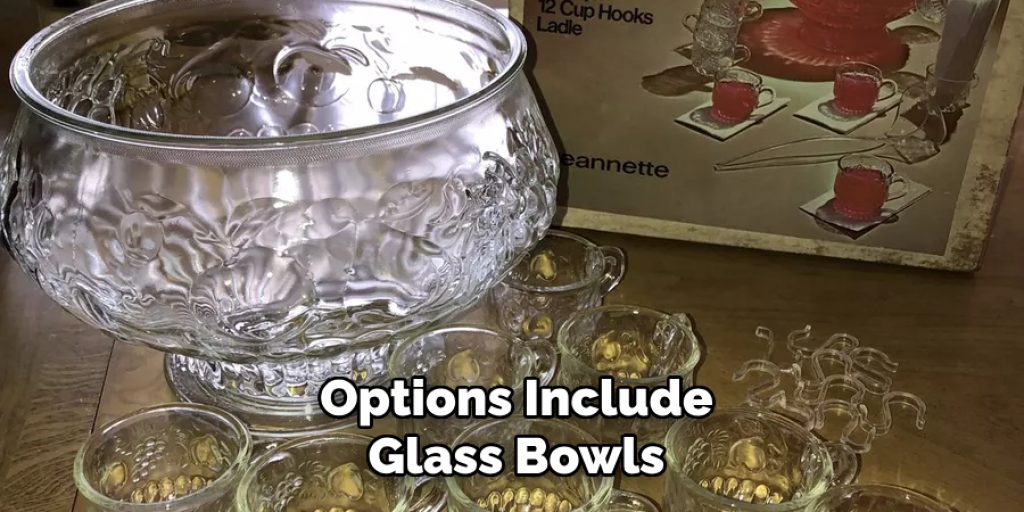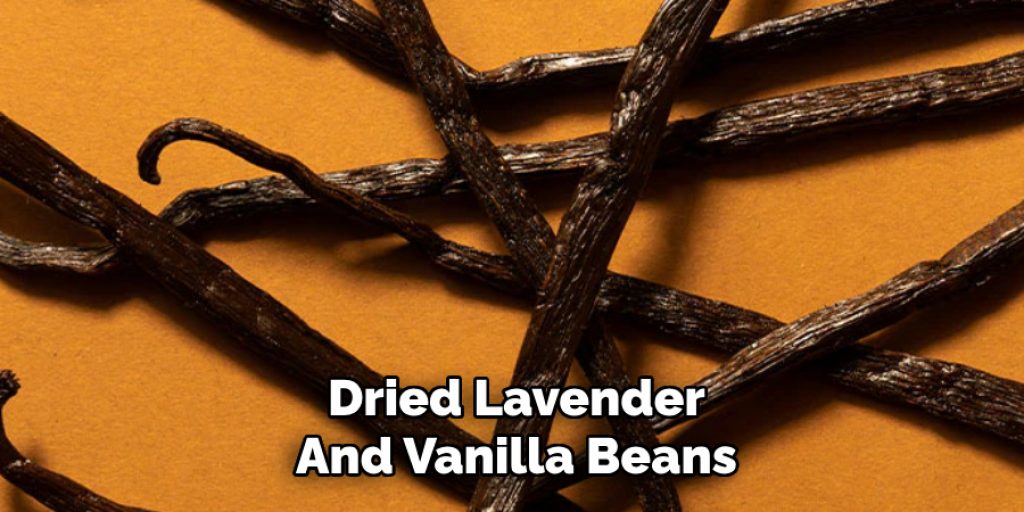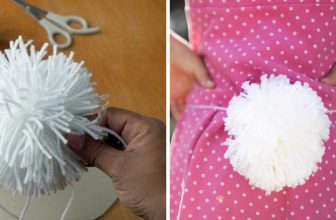How to Make Potpourri from Dead Roses
Creating potpourri from dead roses is a beautiful way to preserve their delicate fragrance and add a touch of natural elegance to your home. This simple yet rewarding craft not only recycles flowers that would otherwise be discarded but also allows you to customise scents and colours to suit your personal style. With a few basic ingredients and some creativity, you can transform wilted petals into a delightful air freshener that brings warmth and charm to any space.

In this guide, we will explore the steps involved in how to make potpourri from dead roses, ensuring that their beauty and essence are cherished long after their blooming days are over.
What is Potpourri?
Potpourri is a scented mixture of dried flowers, herbs, spices, and essential oils, traditionally used to freshen the air in homes. Originating in the late 18th century in France, potpourri was originally a method of preserving flowers and capturing their fragrance beyond their lifespan. The art of crafting potpourri allows for extensive creativity, enabling makers to select various natural materials that not only smell delightful but also add aesthetic appeal to their surroundings.
Typically, potpourri is placed in decorative bowls or sachets, releasing enchanting aromas that can evoke memories and enhance the ambiance of any space.
Why Use Dead Roses?
Using dead roses for potpourri is not only an environmentally friendly choice, but it also allows you to celebrate the life of the flowers in a meaningful way. Rather than letting beautiful blooms go to waste, incorporating them into potpourri showcases their unique colours and fragrances, even after their peak. Dead roses can bring depth and character to your homemade blends; their petals dry beautifully, often retaining their vibrant hues and pleasant scents longer than expected.
Additionally, repurposing wilted flowers promotes sustainability by reducing waste, making it an eco-conscious practice that aligns with a more mindful approach to crafting and home care. By using dead roses, you can create a personal and fragrant homage to nature’s beauty that continues to tell a story.
10 Methods How to Make Potpourri from Dead Roses
1.Selecting and Preparing Dead Roses
The journey to creating beautiful potpourri starts with selecting and preparing your dead roses. Begin by choosing roses that have dried naturally and are not overly decomposed. Ideally, the roses should be somewhat dry but still retain their color and form. Remove any remaining leaves or stems from the roses, as these parts can decompose and detract from the overall quality of the potpourri. If the roses are not completely dry, you may need to dry them further to prevent mold and decay.

To do this, hang the roses upside down in a dry, dark, and well-ventilated area for a few days until they are fully desiccated. Once the roses are dry, gently remove any petals that have fallen off and set them aside for use in the potpourri mixture.
2.Gathering Additional Ingredients
To enhance the fragrance and visual appeal of your potpourri, consider adding a variety of complementary ingredients. Common additions include dried herbs, spices, and essential oils. For a fragrant blend, you might use lavender, rosemary, cinnamon sticks, cloves, or star anise. Dried citrus peels, such as orange or lemon, can add a bright, zesty note to the potpourri. Gather these ingredients in quantities that complement the amount of rose petals you have.
Additionally, consider incorporating fixatives like orris root or benzoin resin, which help to stabilize and prolong the scent of the potpourri. By selecting a mix of ingredients, you can create a potpourri blend that is both aromatic and visually pleasing.
3.Crushing and Mixing Ingredients
Once you have gathered your additional ingredients, it’s time to prepare them for the potpourri mixture. Begin by crushing any spices or herbs into smaller pieces to release their essential oils and enhance their scent. You can use a mortar and pestle for this task, or place the ingredients in a zip-top bag and gently crush them with a rolling pin.
Combine the crushed spices with the dried rose petals and any other dried elements you’ve chosen, such as citrus peels or herbs. Mix the ingredients thoroughly to ensure an even distribution of scents and colors. The combination of rose petals with these additional elements will create a rich, complex fragrance and a visually appealing blend.
4.Adding Essential Oils
Essential oils are a key component in intensifying and customizing the fragrance of your potpourri. Select essential oils that complement the natural scent of the roses and the other ingredients in your mixture. Popular choices include rose, lavender, or vanilla essential oils, which can enhance the overall aroma of the potpourri.
Add a few drops of essential oil to the mixture, starting with a small amount and gradually increasing to achieve the desired scent strength. Gently toss the mixture to ensure that the essential oil is evenly distributed. Essential oils not only enhance the fragrance but also help to refresh the potpourri over time.

5.Using Fixatives
Fixatives are substances that help to preserve the scent of potpourri and extend its longevity. One common fixative is orris root, which is derived from the iris plant and has a subtle, sweet fragrance that blends well with rose petals. To use orris root, grind it into a fine powder and mix it with your potpourri ingredients. Another option is benzoin resin, which has a warm, vanilla-like scent and acts as a natural preservative.
Add a small amount of fixative to the mixture, following the recommended proportions on the product label. Incorporating fixatives into your potpourri blend will help to maintain its fragrance for a longer period, ensuring that your potpourri remains aromatic and enjoyable.
6.Storing and Curing
After mixing your potpourri, it’s important to store and cure it properly to enhance its fragrance and ensure its longevity. Place the mixture in an airtight container, such as a glass jar with a tight-fitting lid or a sealable plastic bag. Store the container in a cool, dark place for at least two to three weeks. This curing period allows the scents to meld and intensify, resulting in a more harmonious and potent fragrance.
During this time, you can occasionally shake the container to redistribute the ingredients and enhance the blending of scents. Proper curing is essential for achieving a well-balanced and long-lasting potpourri.
7.Assembling and Displaying
Once your potpourri has cured, it’s time to assemble and display it. Choose decorative containers that complement the style of your home and enhance the visual appeal of the potpourri. Options include glass bowls, wooden trays, or fabric sachets. For a more polished presentation, consider using a decorative bowl or vase to showcase the potpourri. You can also add additional elements, such as dried flower arrangements or decorative ribbons, to enhance the visual appeal.

Place the assembled potpourri in areas where it will be enjoyed, such as on a coffee table, in a bedroom, or in a bathroom. The potpourri will not only add a pleasant fragrance to the space but also serve as a charming decorative element.
8.Refreshing the Potpourri
Over time, the fragrance of your potpourri may begin to fade. To refresh the potpourri and restore its aroma, simply add a few more drops of essential oil to the mixture. Gently toss the ingredients to distribute the oil evenly. If the potpourri has become dry or less aromatic, you can also mist it lightly with water or a mixture of water and essential oil.
This helps to rejuvenate the scent and revitalize the potpourri. Regularly refreshing the potpourri ensures that it continues to provide a pleasant fragrance and maintains its visual appeal.
9.Repurposing and Recycling
If the potpourri eventually loses its fragrance or becomes less attractive, consider repurposing or recycling the ingredients. The dried rose petals and other components can be used in various crafts, such as homemade candles or bath salts. Alternatively, you can compost the used potpourri to enrich your garden soil. Recycling and repurposing the ingredients helps to minimize waste and allows you to continue enjoying the benefits of your rose petals in different forms.
10.Experimenting with Variations
Once you’ve mastered the basic process of making potpourri from dead roses, consider experimenting with variations to create unique blends. Try using different types of dried flowers, herbs, and spices to create custom scents that suit your preferences. For instance, you can combine rose petals with dried lavender and vanilla beans for a soothing, floral fragrance or mix them with cinnamon and cloves for a warm, spicy aroma. Experimenting with different combinations allows you to personalize your potpourri and discover new scents that enhance your home environment.

Conclusion
In summary, making potpourri from dead roses is a rewarding and creative way to repurpose flowers and add a natural, aromatic touch to your home. From selecting and preparing the roses to mixing ingredients, curing, and displaying the potpourri, each step contributes to creating a fragrant and visually appealing product. Thanks for reading, and we hope this has given you some inspiration on how to make potpourri from dead roses!




